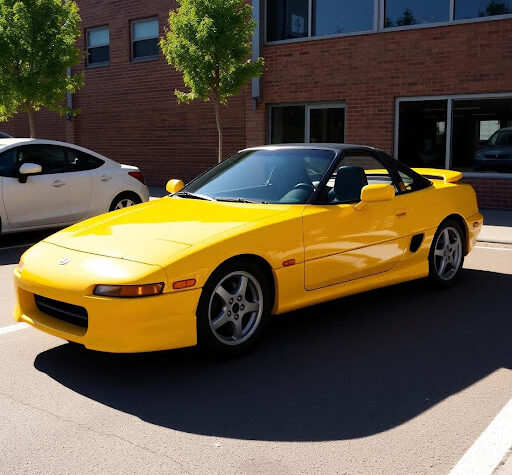
Ford’s use of an advanced active liquid-cooling and heating system to regulate the temperature of its lithium-ion battery packs in Focus Electric will provide customers in cold and snowy climates an advantage over the competition
The liquid-heated battery operates under a range of ambient temperatures, providing additional power, longer battery range and a preconditioned battery after charging
The all-new Focus Electric – the company’s first-ever all-electric passenger car – is a zero-emissions, gasoline-free version of Ford’s popular global Focus model
Cold temperatures and consistent snowfall can slow things down in the winter, but not the Ford Focus Electric. Thanks to the use of an advanced active liquid-heating system, the battery provides additional power, longer range and is preconditioned after charging – all in cold temperatures.
“Batteries are similar to people as they both achieve maximum performance working under moderate, unchanged temperatures,” said Sherif Marakby, Ford director of Electrification Programs and Engineering. “Using a liquid-heated battery system allows Ford to keep the Focus Electric’s battery at a moderate temperature and improve performance whether you are charging or driving in a cold climate.”
Extreme temperatures can affect battery performance and reduce the range of electric vehicles. The range will not be impacted as much with a liquid-heated system compared to an air system. That’s why Ford will use an advanced active liquid-cooling and heating system to regulate the temperature of its lithium-ion battery packs, which are designed to operate under a range of ambient conditions.
“A liquid-heated battery can accept a charge faster from the regenerative braking that recaptures kinetic energy and sends it back to the battery, essentially providing longer range for the customer in real world cold weather conditions,” said Marakby. “Additionally, since acceleration in an electric vehicle comes from the power available in the battery, the customer will have more power available if the battery is warmer.”
The use of active liquid heating also enables owners of Focus Electric to automatically precondition battery pack temperature during daily recharging. While the vehicle is plugged in to the power grid, the vehicle system will be able to warm up the battery on cold days.
“Even when you’re parking in cold temperatures, as long as the vehicle is plugged in, you will warm up the battery,” explained Marakby. “Basically, customers will have the capability they need right off the bat. They won’t have to wait for the car to warm up.”
On cold days, heated liquid warms the batteries, gradually bringing the system’s temperature to
a level that allows it to efficiently accept charge energy and provide enough discharge power to get good vehicle performance.
“Focus Electric wasn’t built just for consumers in warm cities with consistent temperatures,” said Marakby. “We want our customers to know they can count on their electric vehicle whether they live in a cold or warm climate.”
The power of choice
Electrification is an important piece of Ford’s overall product sustainability strategy. Ford’s aggressive strategy includes five new electrified vehicles in North America by 2012 and Europe by 2013. Ford launched the Transit Connect Electric small commercial van in 2010 and in addition to Focus Electric in late 2011, will introduce C-MAX Hybrid, a second next-generation lithium-ion battery hybrid and the C-MAX Energi plug-in hybrid in 2012.




More Stories
How to Create the Ultimate Off-Road Vehicle Garage: A Practical Guide
How Diesel Pickups Are Outperforming Gas Trucks on Tough Jobs
Essential Steps To Help Your Vehicle Retain Value